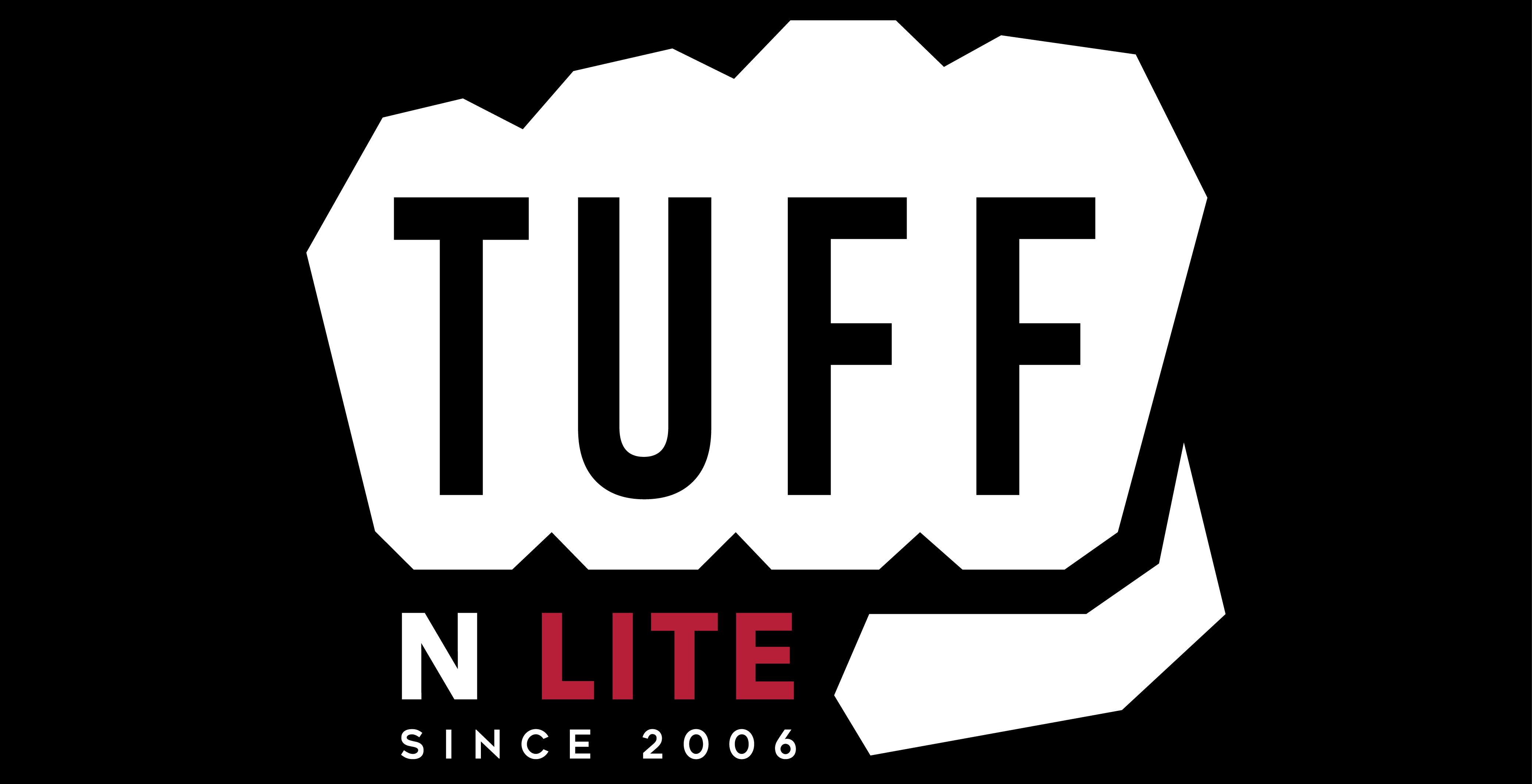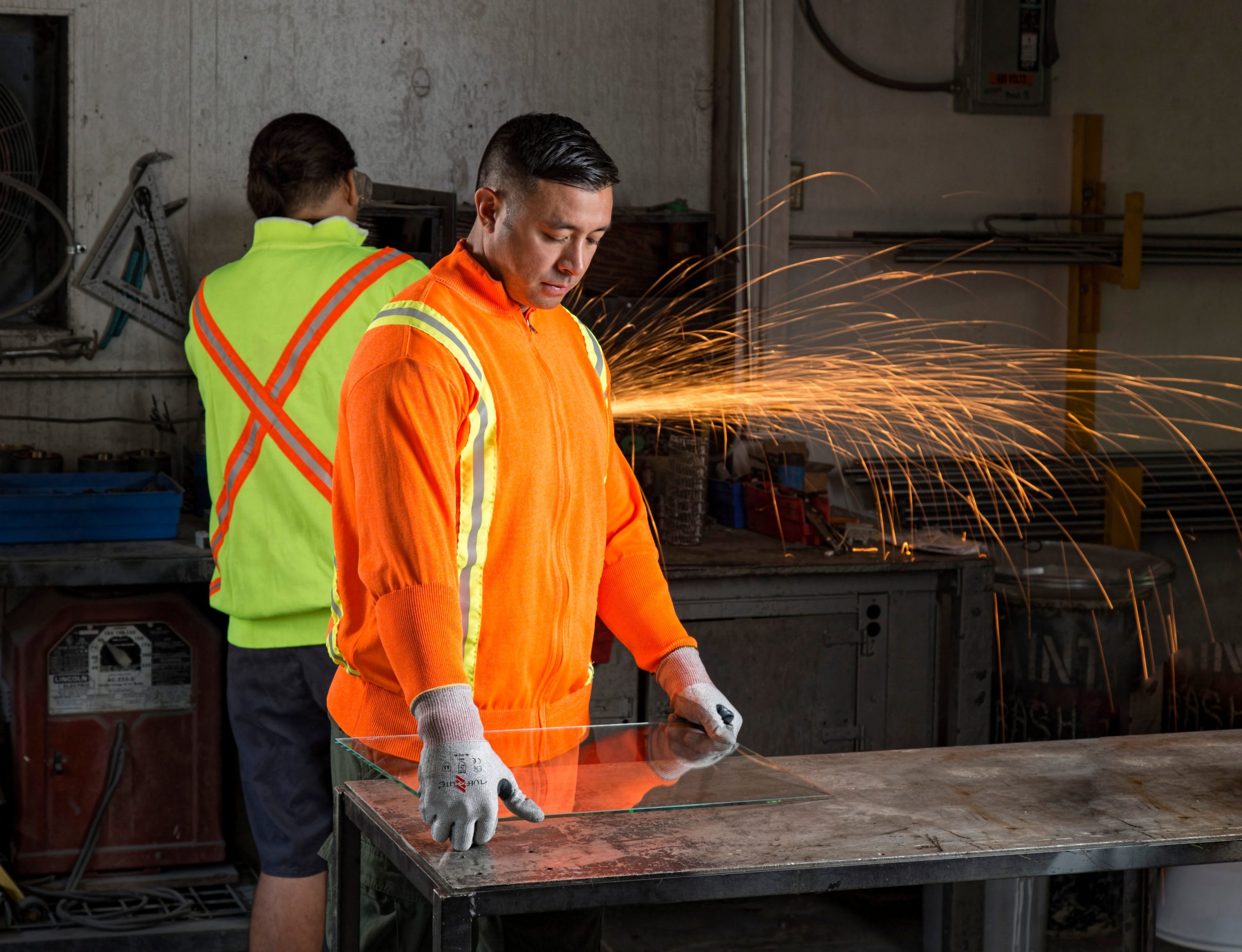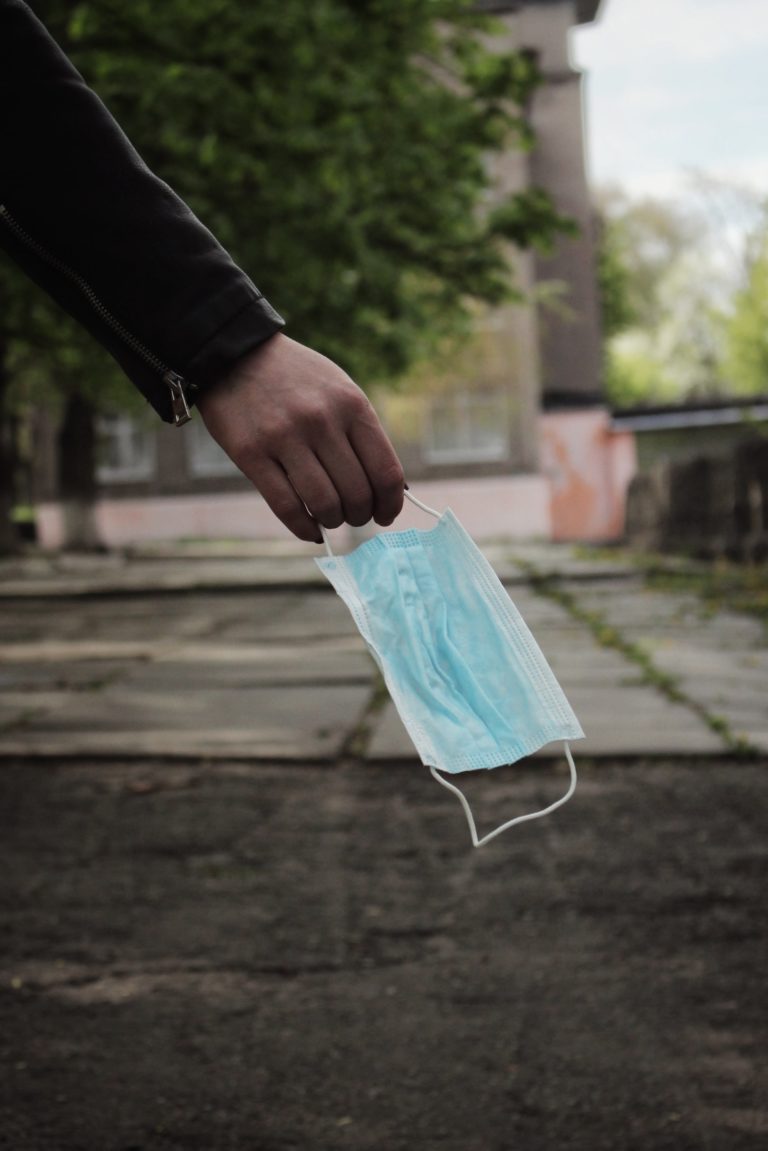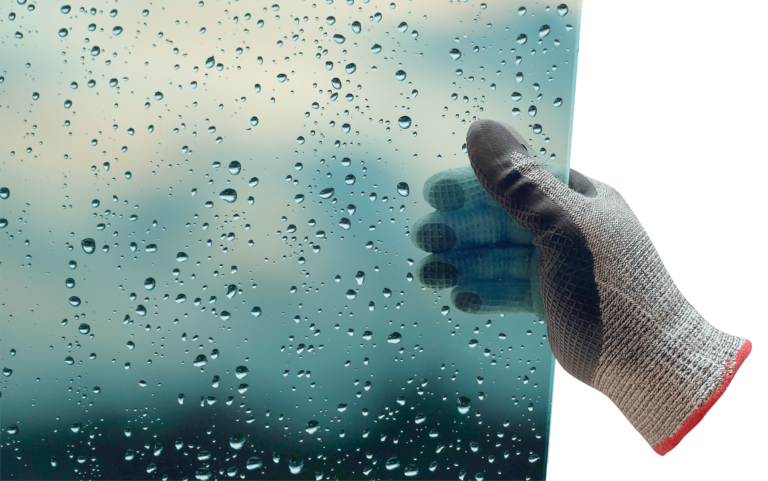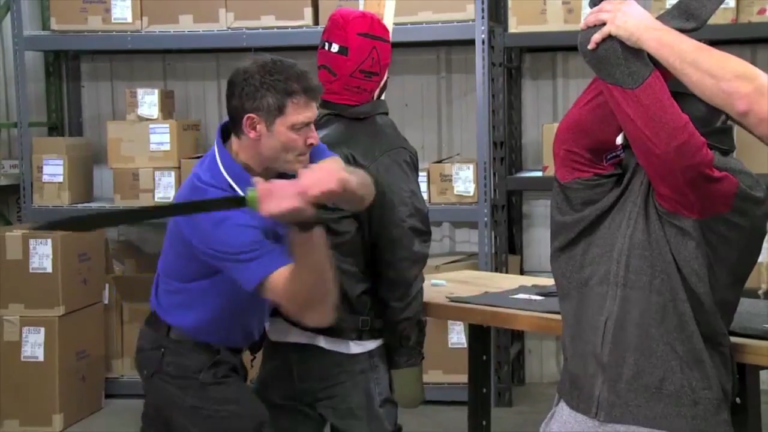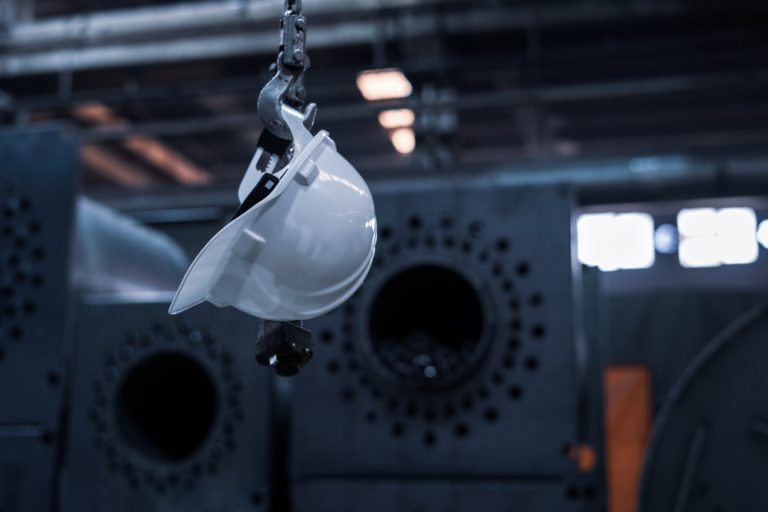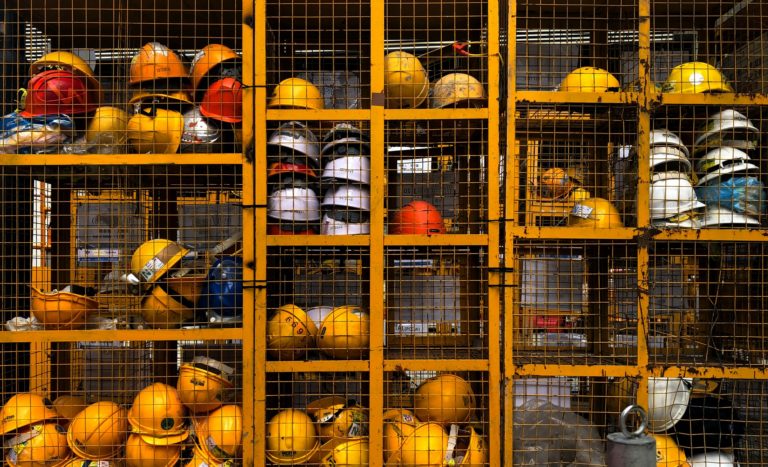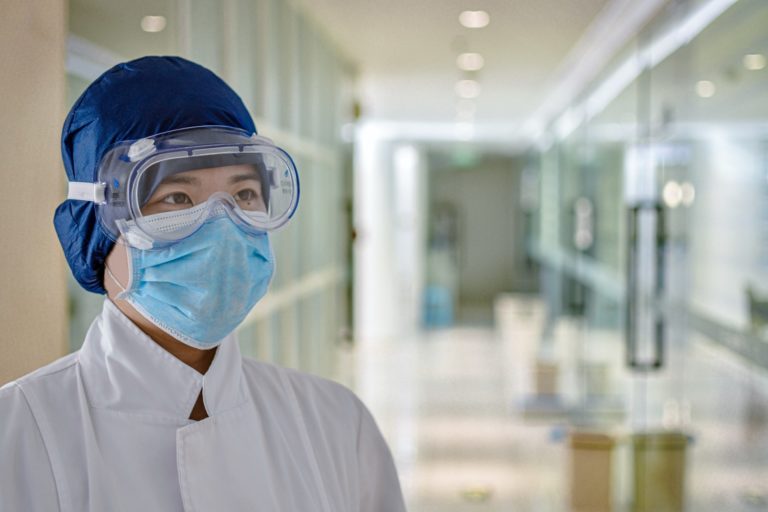Top 8 Questions Safety Managers Should Ask Before Selecting Cut-Resistant PPE
Making the right choice when it comes to your workers’ wearable PPE is not always easy. There are many factors to consider when considering what PPE is best suited to your workers’ needs. With that in mind, the safety experts at Tuff-N-Lite have created this checklist, which has all the questions a safety manager should be asking themselves before deciding on what PPE and cut-resistance level they need.
With this checklist to help you ask the right questions, you can make the best decisions for your employees.
How Many People Wear PPE in Your Organization?
What’s the Size of Your Operation?
If you only have 3-5 people that need PPE, you’re most likely not moving large heavy glass. In this case, a basic, level 4 PPE would be sufficient.
If you have a more extensive operation, you are likely doing more tasks with more specializations. In this instance, you need to become familiar with the unique challenges and threat levels for different positions, as they may need either different kinds or levels of PPE.
What is Your Production Process?
Are You Stocing or Moving Lites?
Stocing is the practice of moving sheets of glass on large i-beams through the factory. This practice is efficient for moving lites or big glass sheets, but can also be inherently dangerous. While stocing, glass has the possibility of falling and breaking on people, causing severe injury in the process.
If you are stocing large, heavy glass, or lifting it above shoulder height, the highest level PPE [level 9] is needed to protect workers. More specifically, the head and throat need extra protection. For example:
- Workers need a 4-inch collar vs. a 3-inch one
- Workers should have a reinforced torso area
- Workers should also have a heavy-duty apron
- Fun Fact: Tuff-N-Lite aprons are incredibly strong. In fact, two layers of our aprons (the 37) can stop a chainsaw! Don’t try that at home, though. We did it in a test environment just to see if it was possible. It is one of the safest pieces of industrial PPE on the market. It is NOT chainsaw rated PPE.
If you’re not stocing or moving glass above shoulder height and your workers are simply rolling the glass sheets down a table, then there is a much lower risk for serious or fatal injuries. In this case, they may only need gloves and an apron to stay safe.
How Much Glass Are You Handling?
If your process is completely automated, which means the machine does the cutting, and there is little handling of the glass, then there is a low threat level and only requires lower-level PPE.
You may ask yourself, “Do I even need any PPE if there is minimal handling of glass?”
One of our customers asked that same question but decided to equip their employees with safety jackets after a freak accident happened at their plant. In their eyes, they would rather be safe than sorry and chose to protect their people for the “just in case” incidents.
Taking your production process into consideration will inform you as to what kind of PPE your team may need to stay safe.
What Type of Glass Are You Working With?
Solar Glass/Coded Glass (CG)
You have to be very careful with this type of glass. CG is prone to getting fingerprints on it that can’t come off, leading to the inability to sell the glass.
For this reason, many manufacturing plants will automate as much as possible to reduce the handling of this glass, which reduces the chances of getting fingerprints on it. This, in turn, reduces the risk of the job since there is little to no handling of the glass. Those that work in this environment will often wear a light level 4 PPE if any PPE at all.
Tempered Glass (TG)
This type of glass is safer than most. TG can still cut people, but is not as dangerous due to breaking into rounded edges when it shatters. Generally, level 4 PPE would work well in the handling of this type of glass.
Low-E Glass
Low-emissivity (Low-E) glass is used in windows, which makes it breakable but not overly dangerous. This glass has a coating on it for temperature control, which makes the surface of this glass different from others. A lower level PPE, like level 4 or 5, would be best for the handling of this glass.
Annealed Glass (AG)
This type of glass is very dangerous. AG becomes as sharp as “microscopic shark’s teeth” when shattered, resulting in a high risk for serious injury. When working with this type of glass, your workers need the highest level PPE they can get. Level 9 PPE that covers them from head to toe is what is recommended to protect against potentially fatal injuries.
Knowing what type of glass your workers are handling will be instrumental in your PPE decision.
Is There Glass Cutting Happening in Your Factory?
This is the production area where people get hurt the most.
In the cutting process, a machine scores the glass, it gets dragged to the edge of a table, where it is sheared off and broken straight.
This can go wrong and if glass breaks in a curve instead of a straight edge. This is less dangerous with ¼ inch glass than it is with ½ inch or thicker glass due to the force that is needed to break it.
Common injuries in this area mainly affect the hands or wrists. The thicker the glass being handled, the higher level PPE gloves and sleeves needed.
What PPE Are You Wearing Currently?
This requires some reflection. When trying to prevent injuries, it is crucial to take stock of the equipment you are currently using, as well as any injuries that may have happened in the past. For example, you may want to ask yourself the following questions:
- What do your people wear now, and what injuries have you had in the past?
- What is your safety record like for OSHA recordable injuries?
- If there were injuries, where?
- Were they due to the wrong PPE or an imperfect manufacturing process?
If your PPE is the suspect, it needs to be inspected.
- Where did your equipment fail?
- Was it laundered and maintained correctly?
- Was the cut-resistance level what it needed to be for the environment and type of work?
If your manufacturing process is the suspect, then having an engineer take a look at and redesign the workflow is needed to reduce or eliminate high danger areas or procedures. For an example of how to get started, take a look at Kansas Manufacturing Solutions’ success story.
Pro Tip: Remember that all cut-resistant PPE is just that – cut-resistant, not cut-proof. No PPE is cut-proof. It needs to be utilized properly to maintain its maximum effectiveness.
Is Your Factory Climate Controlled?
According to our experts, 90-95% of factories are not climate controlled. This can lead to several issues.
In hot climates where it gets very hot in the summer, some factories resort to passing out popsicles on the hour to cool workers down. Some will also give out salt tablets and Gatorade to prevent dehydration. By doing this, they reduce the risk of workers passing out or having a heat stroke, and thus prevent major injuries.
Those same factories can also get freezing cold in the winter. However, the cold can be even more dangerous in naturally cooler climates. In Canada, for example, it can get down to 5 degrees Fahrenheit inside the buildings, which can lead to stiffness and poor handling of glass, resulting in accidents.
To combat these issues and choose appropriate PPE based on the climate, ask yourself: What do your workers complain about the most?
- Heat/Humidity?
- Cold?
Fun Fact: Tuff-N-Lite is currently working on developing jackets for cold weather to ensure increased comfort, better productivity, and fewer accidents.
Are Your People Delivering Glass?
If you have people delivering glass, then high-visibility jackets are a necessity. Hi-vis jackets should be outfitted with level 3 reflective tape (the different levels indicate the square inches of reflective tape on the jackets) to ensure the wearer remains visible at all times.
Truck drivers, in particular, are at risk during the delivery process. Glass can shift during transit and fall on them when they open doors, resulting in severe and possibly fatal injuries. Equipping them with the proper level of safety equipment is crucial to ensuring their well-being while moving and delivering your product.
Likewise, it is essential to account for anyone offloading glass from the truck to be protected if they slip or trip on wet or uneven surfaces while holding and transporting the glass. If the glass were to fall on somebody, the results could be deadly.
Do You Have Anyone Installing Glass?
If you have a glazier in your organization that goes to install glass elsewhere, their specialized needs must be accounted for. These workers use mountain climbing harnesses to install glass on buildings or high-rise buildings.
In the installation, a crane lowers the glass for the glazier to push in and seal. Accidents in this type of work can be severe, making good quality PPE essential. Workers are required to wear hard hats and safety harnesses. We recommend using our “Eddy” which attaches to the brim of a hard hat with velcro, offering extra safety to the neck area from falling glass and debris.
On the other hand, if your employees are installing windshields made of tempered glass, they may only need gloves to do the job safely.
Putting It Into Action
Choosing the right PPE is much more than picking the highest level of protection. The factors we’ve discussed all contribute to making an informed decision to protect best those whose safety you are in charge of. PPE is important for a safe workplace, so making the right decision the first time is crucial to safety success.
By following this checklist of questions, you will have the guidelines needed to make those informed decisions and ensure everyone at your workplace is appropriately protected.
Have More Questions?
If you still have questions about choosing the right PPE for your workers, our Tuff-N-Lite safety team is ready to help. Get in touch with us to find out how we can help you with workplace safety. Contact us here.
